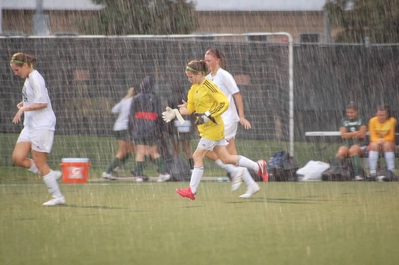La Niña is a climate pattern phenomenon that pertains to the cooling of surface ocean waters along the tropical west coast of South America. La Niña is the counterpart to El Niño wherein the equatorial region of the Pacific Ocean are marked by unusually warm ocean temperatures.
 |
Image source: independent.co.uk
|
In some areas of the world, La Niña causes increased rainfall. Conversely, it generates extremely dry conditions in other regions. The conditions that cause La Niña recur every few years and can last for as long as two years. El Niño occurs every two to seven years, and La Niña sometimes follows El Niño. In the past, La Niña has been called the anti-El Niño and El Viejo, which means “old man” in Spanish.
The phenomenon happens when the easterly trade winds get stronger and blow more warm water west allowing cold water below the sea’s surface. It thus pushes toward the top near the South American coast, replacing the warm water. This means that the easterly trade winds are to be blamed for partly causing La Niña.
Image source: nydailynews.com
When La Niña occurs, the sea surface temperatures across the eastern and central Pacific Ocean tend to be lower than the typical 3 to 5 degrees Celsius. The main effects of La Niña include increased rainfall, catastrophic flooding, and drier than normal conditions.












